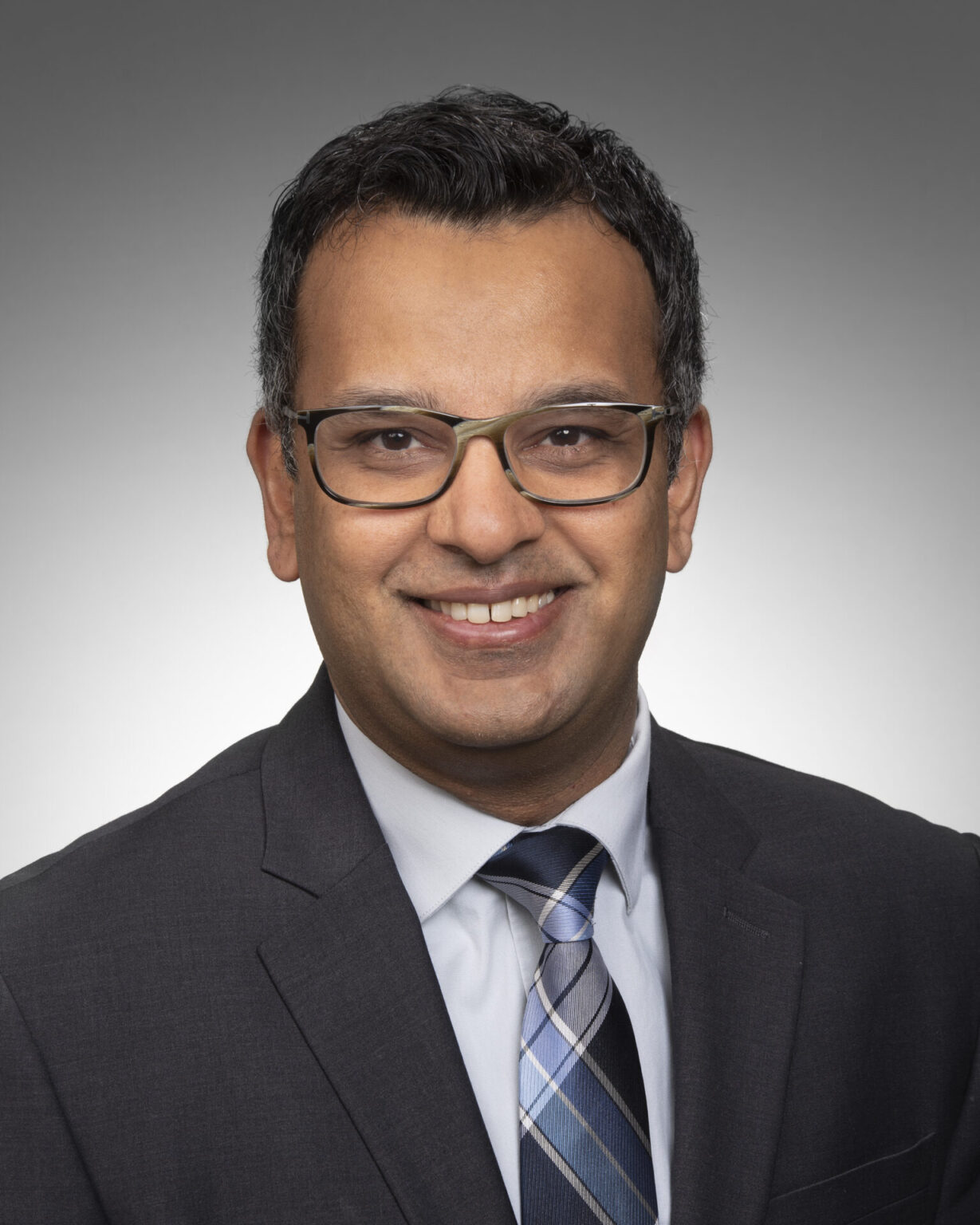One in 16 Americans will be diagnosed with lung cancer in their lifetime, according to Dr. Santosh Nepal of the University of Pittsburgh Medical Center. As the leading cause of cancer deaths in the U.S., lung cancer is a serious threat, but early detection and treatment can save lives.
Most early-stage cases of lung cancer are either asymptomatic or show minimal symptoms, so catching the disease at stage one provides the best chance for a cure, Dr. Nepal said. Unfortunately, by the time symptoms appear, the cancer is often more advanced, making successful treatment more difficult.
The American Cancer Society recommends lung cancer screenings for individuals over the age of 50 with a history of smoking one pack a day for 20 or more years. This includes current smokers and those who have quit within the last 15 years. The primary screening method is low-dose computed tomography, a type of CT scan that uses low-dose radiation to create detailed images of the lungs. The scan is quick, non-invasive and painless, and it is designed to detect pulmonary nodules—abnormal tissue growths that can increase the risk of lung cancer, Dr. Nepal said.
If a nodule or abnormality is found, the doctor may order additional tests including further imaging and may also recommend a lung biopsy, based on the appearance of the abnormality. If a biopsy is needed, it can be done using various methods, including a biopsy needle, endoscopy, video-assisted thoracic surgery or robotic bronchoscopy.
While most lung nodules are non-cancerous, regular monitoring is important to ensure they don’t develop into lung cancer. A physician or pulmonary specialist can help assess the risk and decide on the best course of action, Dr. Nepal said.
Lung cancer treatment varies depending on the type and stage of the disease. Options include surgery, chemotherapy, radiation therapy, targeted therapies and immunotherapy. It’s important to work closely with an oncologist to understand treatment choices and the potential side effects. Asking questions and staying informed can help the patient feel more in control of treatment.
There are different types of lung cancer, with non-small cell lung cancer being the most common, accounting for about 85 percent of cases. Small cell lung cancer is more aggressive and makes up about 15 percent of lung cancers, often located in the central areas of the lungs or chest and is typically treated without surgery.
A rare form of lung cancer is carcinoid tumors, which arise from neuroendocrine cells in the lungs and are usually treated surgically. Additionally, cancer from other organs can also spread to the lungs.
More people die from lung cancer every year than from breast, prostate and colorectal cancers combined, Dr. Nepal added. More than three in four of these deaths could have been prevented if the cancer had been caught at an early stage. Sadly, only 15 percent of lung cancer cases are being caught early enough. For those diagnosed with stage four lung cancer, the five-year survival rate is just around 5 percent, he noted.
Detecting cancer early helps ensure that it is still “localized,” or contained to the lungs. Once it has spread outside the lungs, the survival rate is just 3 percent. As there are typically no symptoms until after the cancer has spread outside the lungs, proactive screening based on risk is the best tool in the fight against lung cancer. Readers should talk to their primary care providers to determine the risk for lung cancer and eligibility for lung cancer screening.
Santosh Nepal, M.D., is with UPMC Pulmonary Medicine and sees patients at UPMC Pulmonary and Sleep Medicine, 11 Sprint Dr., Suite A, Carlisle. To make an appointment, people may call 717-218-1811. To learn more about UPMC Pulmonary Medicine services in central Pennsylvania, readers may visit UPMC.com/CentralPaPulm.






















